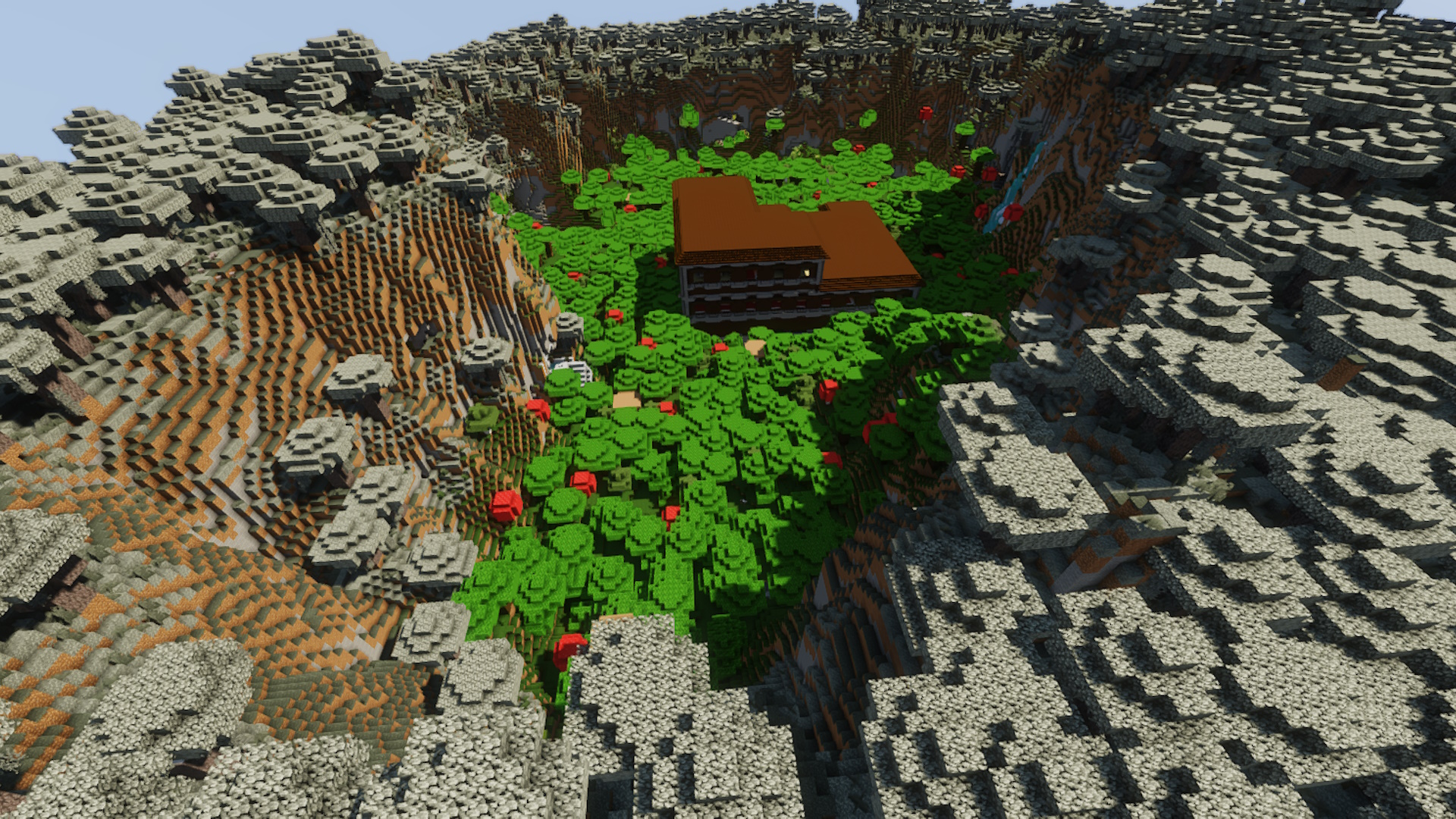Anyone who is interested in realistic real-time graphics, be it in games or animation, will know that dense vegetation can be very costly on GPU resources. They either eat up lots of VRAM or shader time, or both. A team of university researchers and AMD staff have come up with a solution, though, that procedurally generates almost 36 GBs worth of realistic trees, branches, and leaves from just 52 kB of data.
The work of the team was submitted to the Eurographics Association's High-Performance Graphics 2025 Symposium (via Compusemble), and naturally for such an audience, it's a very complex read. But the gist of it goes like this: the algorithm uses work graphs on the GPU to procedurally generate realistic vegetation from just a tiny block of starting data. Specifically, 52 kB of data—less than a quarter of the size of a single L1 cache block of the GPU, a Radeon RX 7900 XTX, which the research group used to test their code.
Work graphs are a fairly recent addition to graphics APIs such as Direct3D and Vulkan, and it's basically a system that allows GPUs to manage their own workload, even going as far as invoking the shaders it needs for rendering, without having to wait for the CPU to send the instructions across.
However, procedural generation is anything but new, and the demo scene of the late 1990s and early 2000s was filled with incredible-looking graphics routines that were all microscopic in size, such as the fantastic .fr08 .the .product demo, tipping the scale at 64 kB.
What this team of researchers from Coburg University in Germany, along with some bright lights from AMD, has achieved, though, is just as impressive, if not more so. It's not just that the algorithm has produced all the trees, leaves, and bushes you can see in the above video from a tiny 52 kB of VRAM, it's the fact that the RX 7900 XTX only takes an average of 7.7 milliseconds to generate and then render everything.
That almost puts it into the realm of possibility for use in a real game. If one is targeting a mean frame rate of 60 fps, for example, then you've no more than 16.7 milliseconds to get everything done. It's not ideal to take up half that time for rendering nothing more than a short view distance, full of trees and bushes, but the work clearly has potential.

Not least being the fact that creating all that vegetation from traditional polygon meshes and texture maps would require almost 36 GB of VRAM. Yes, you read that right: 36 gigabytes of memory. Admittedly, that's a theoretical figure calculated by the research group, and in reality, compression and mesh optimisation would bring it right down, but certainly not to 52 kB.
Procedural generation is how the likes of No Man's Sky and Minecraft have vast, almost infinite, play areas but only have install sizes of a few GBs. Now that developers have GPU work graphs to speed up the process even more, research like this might be procedurally popping up to say hello in games sooner than you might think.







